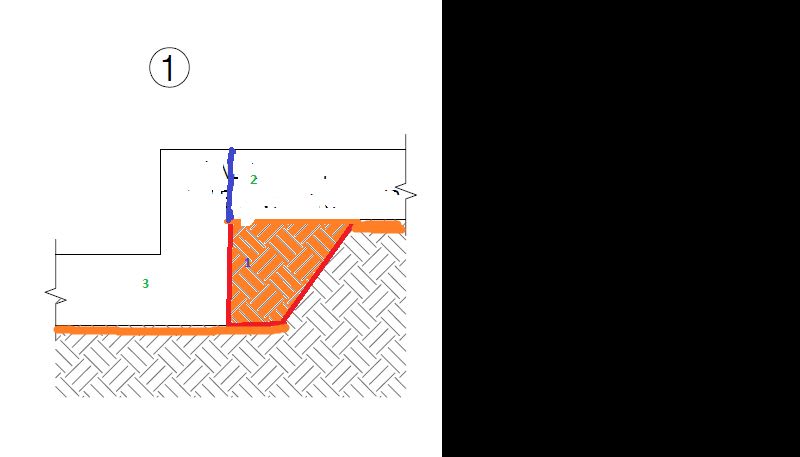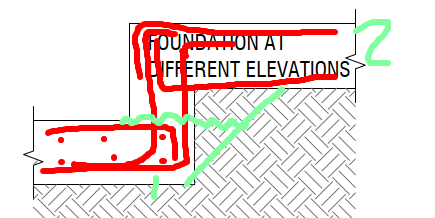Please have a look at the attached sketch.
I want this type of foundation (as shown by "1" in the sketch) to be constructed, but want to get some answers first.
As shown in "2", some extra space (around 2 to 3 feet) would be needed to be excavated for the contractor to work. When the foundation on the upper level will be casted, there will difference of sub grade under it. I need your opinion on is there any way this extra need of space could be avoided, or any other option to construct this other than tapered excavation.
Thanks.
I want this type of foundation (as shown by "1" in the sketch) to be constructed, but want to get some answers first.
As shown in "2", some extra space (around 2 to 3 feet) would be needed to be excavated for the contractor to work. When the foundation on the upper level will be casted, there will difference of sub grade under it. I need your opinion on is there any way this extra need of space could be avoided, or any other option to construct this other than tapered excavation.
Thanks.


